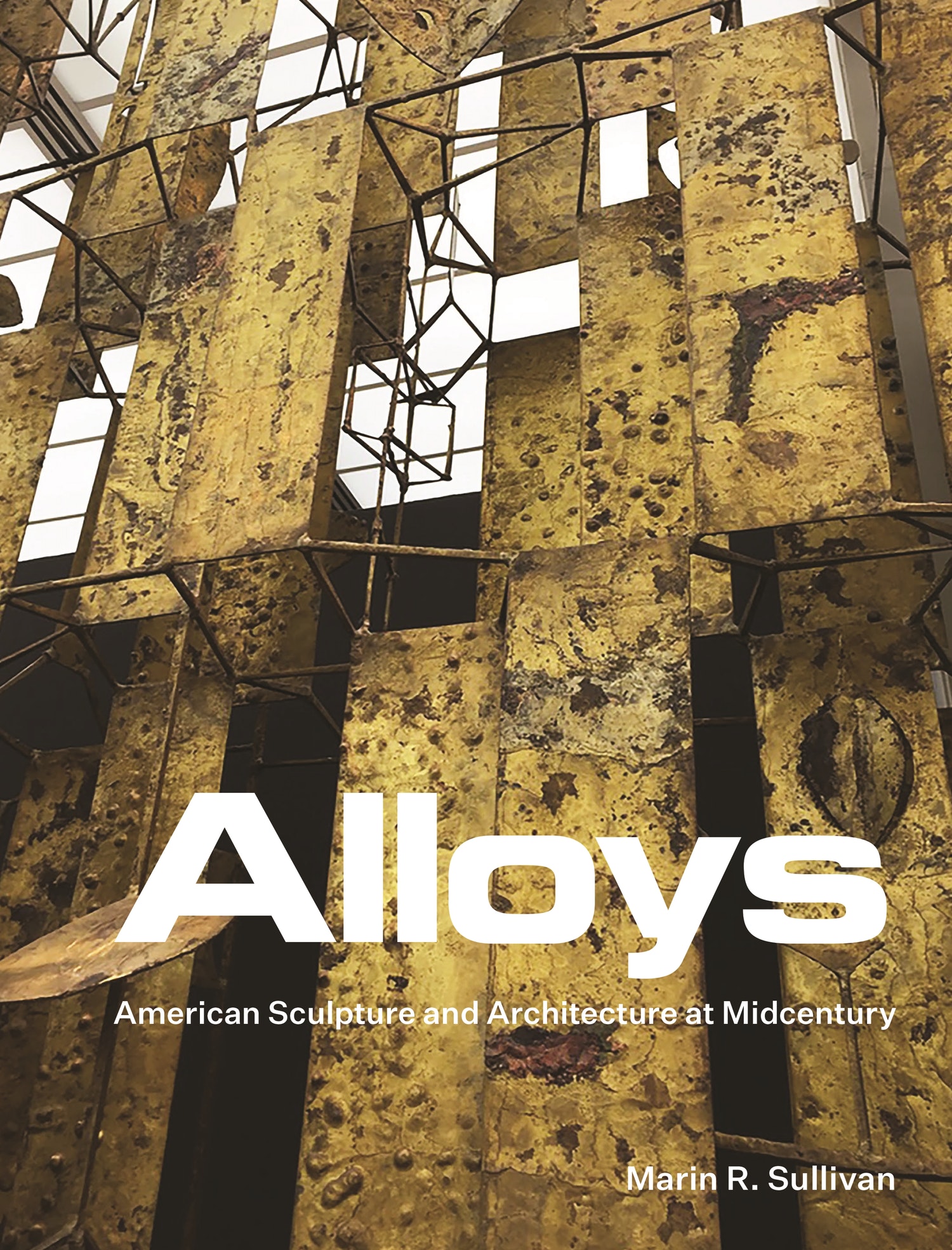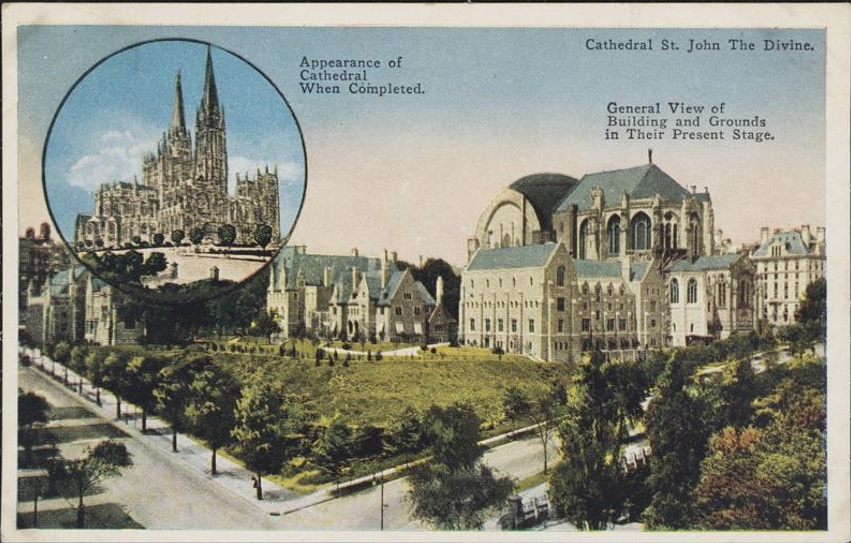Organized by:
- This event has passed.
Alloys: American Sculpture and Architecture at Midcentury
April 6, 2022 @ 6:00 pm - 7:00 pm
Event Navigation

The 20 years following the end of WWII marked a profound period of synergy and exchange between sculpture and architecture in the U.S. Leading modernist architects such as Gordon Bunshaft and Eero Saarinen turned to sculptors including Harry Bertoia, Alexander Calder, Richard Lippold, and Isamu Noguchi, to produce site-determined, large-scale commissions tailored for their buildings’ highly visible atriums, lobbies, plazas, and entryways. Art historian Marin Sullivan explores how these sculptural commissions represent an alternate history of midcentury American art. Rather than singular masterworks by lone geniuses, some of the era’s most notable spaces―Philip Johnson’s Four Seasons Restaurant in Mies van der Rohe’s Seagram Building, Max Abramovitz’s Philharmonic Hall at Lincoln Center, and Pietro Belluschi and Walter Gropius’s Pan Am Building―would be diminished without the collaborative efforts of architects and artists, and could not exist anywhere else.
